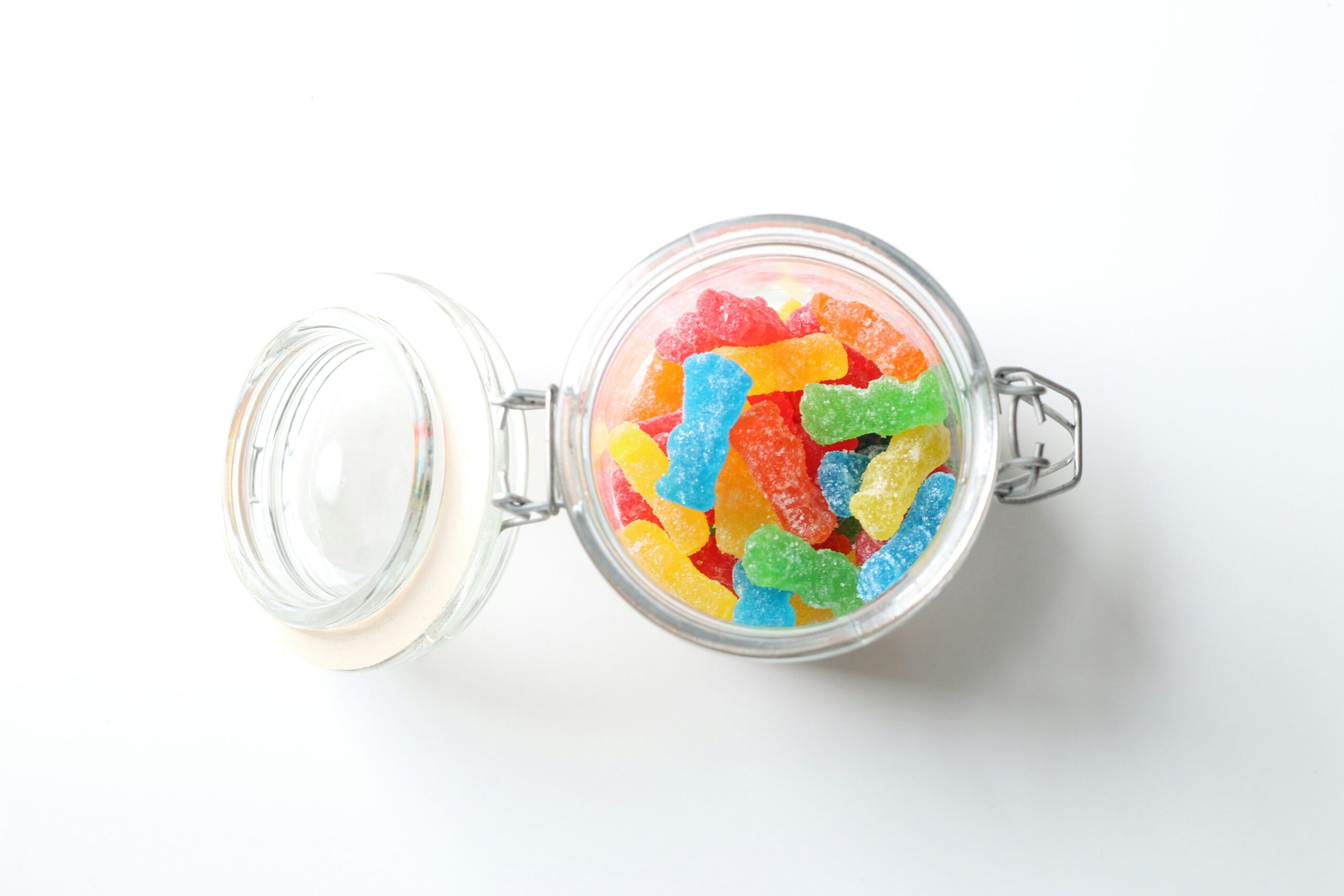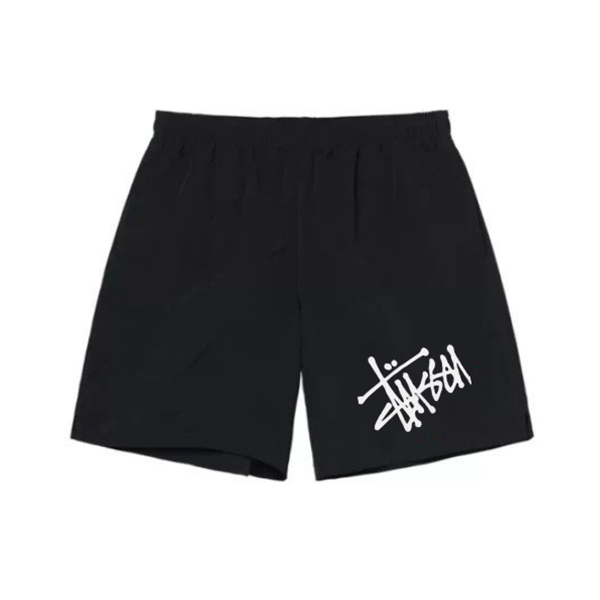When it comes to the best solutions for water treatment, PVDF ultrafiltration membranes stand out due to their superior performance and longevity. One company, Primem, has been leading the field by offering both NIPS hollow fiber membranes and reinforced hollow fiber membranes made from polyvinylidene fluoride (PVDF), a material prized for its strength and durability.
PVDF, as a polymer, exhibits exceptional chemical stability, making it highly resistant to harsh industrial effluents, municipal wastewater, and various challenging conditions. These features make PVDF ultrafiltration membrane ideal for both industrial and municipal applications.
Advantages of PVDF in Ultrafiltration
The PVDF Ultrafiltration membrane stands out as one of the best due to the following key benefits:
- Chemical Stability: PVDF stability against strong acids, bases, and oxidative agents gives the membranes durability in harsh environments. Such a characteristic allows the membrane to remain in its intact state even when it encounters highly contaminated sources of water.
- Thermal Resistance: These membranes can withstand high temperatures, making them versatile in applications that deal with varying temperature ranges, often seen in industrial processes.
- Low Operating Pressure: PVDF membranes require low operating pressures, which results in reduced energy consumption. This efficiency significantly cuts down on operational costs over time.
- Antifouling Property: One of the biggest challenges in filtration systems is membrane fouling, where contaminants accumulate on the membrane’s surface, reducing its performance. However, the best PVDF ultrafiltration membrane possess antifouling properties, making them easier to clean and maintain.
- High Porosity and Flux: These membranes are characterized by high porosity, which translates to better filtration performance and higher flux rates. This allows for faster processing of water, improving the overall efficiency of the filtration system.
Key Features of PVDF Ultrafiltration Membranes
The company offers two types of PVDF ultrafiltration membranes which are NIPS (Non-solvent Induced Phase Separation) hollow fiber membranes and reinforced hollow fiber membranes. Both types share many benefits but differ in terms of their structural properties.
NIPS Hollow Fiber Membrane
– Material: Made from 100% PVDF, this membrane is suitable for a wide range of filtration applications.
– Pore Size: With a nominal pore size of 0.08 µm, these membranes excel in fine filtration, ensuring the removal of even the smallest particles.
– Dimensions: The outer diameter of these fibers is 1.3 mm while the inner diameter is 0.7 mm.
– Elongation: NIPS membrane has an incredible elongation of up to 300% which makes it very flexible and durable so that it can bear high pressure.
Hollow Fiber Reinforced Membrane
– Material: Like the NIPS variant, these membranes are made of PVDF but have a reinforcing layer which makes them more robust.
– Pore Size: These membranes have a slightly larger pore size than the NIPS membranes. It ranges from 0.2 µm to 0.3 µm with excellent filtration even at higher flow rates;
– Dimensions: These membranes are thicker with an OD of 2.0 mm and ID of 1.0 mm.
– Elongation: The reinforced variant has a lower elongation of 82%, but this is offset by its structural strength.
High flux rates are offered by both membranes; NIPS membranes allow 600-800 LMH, while the reinforced membrane provides much higher fluxes which range from 1,000 to 1,200 LMH. This high flux results in higher productivity in a shorter time frame than large-scale operations would require, hence significantly saving on processing time. (LMH stands for liters per square meter per hour)
Both types have relatively low transmembrane pressure of about 0.05 MPa, which supports their energy-efficient character. The membranes function well between the pH range of 2 to 10 and can be used for wide range filtration requirements from mildly acidic up to mildly alkaline solutions. On the other hand, they could perform within temperatures of 5°C to 40°C, providing flexibility over climatic or operation conditions.
Applications of PVDF Ultrafiltration Membranes
The best PVDF ultrafiltration membranes are highly versatile in multiple applications:
- Municipal Wastewater Treatment: The PVDF membranes do not easily get fouled and possess the strength to carry a high flow rate, which is why they make perfect water treatment for large cities through plants. The suspended solids, bacteria, even certain viruses, can easily be removed, making the water absolutely clean and safe for communities.
- Industrial Effluent Treatment: In industrial setups, most processes result in effluents that have high chemical and impurity levels. As PVDF membrane has great resistance to chemicals and heat stability, the membranes are very effective for such challenging effluents. They offer a proven and reliable solution in the sectors of petrochemical, food and beverage, and pharmaceuticals towards maintaining environmental acceptability and minimizing waste.
- Drinking Water Production: The high-quality best PVDF ultrafiltration membranes are significantly used in producing drinking water. They remove harmful microorganisms and particles from the water, thereby ensuring a clean supply of drinking water. Such membranes are very essential in regions where sources of water are always contaminated.
- Seawater Desalination: Ultrafiltration is a crucial pre-treatment step in desalination processes. By removing particulates and organic matter before the reverse osmosis stage, PVDF membranes increase the efficiency and longevity of desalination plants.
Why choose Primem’s PVDF Ultrafiltration Membranes?
For anyone who wants to choose the best PVDF ultrafiltration membrane, their product stands out because of the balance they have between performance, durability, and cost-effectiveness. The company, through a deep expertise in membrane technology, along with a commitment to quality and innovation, has made its membranes trusted choice around the world.
Manufacturing of both reinforced and homogeneous hollow fiber membranes in a company points to the fact that it ensures to cater to all types of needs, from high-stress industrial application tasks to some more routine municipal water treatment tasks. Long service life, low energy consumption, and easy maintenance further place them as one of the leading options in the market.
Conclusion
Primem provides best PVDF ultrafiltration membranes if you need high performance, durability and cost-effectiveness. The adaptability of these membranes for multiple applications with critical conditions as well as using the latest manufacturing processes ensures consistent and reliable results. From industrial to municipal treatment of wastewater and to clean water supply, the PVDF membranes are the best ultrafiltration technology.










